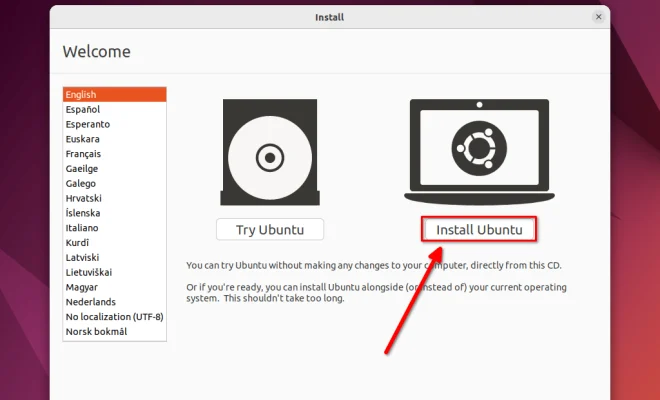End of an Era: Adobe Shockwave Dies Today

Adobe Shockwave, the once-popular multimedia platform, officially came to an end on April 9, 2019. The company had announced its plan to discontinue the platform in 2017 and had recommended the users to start moving their content to other platforms. After nearly two years, Adobe finally put an end to Shockwave, concluding an era of rich multimedia content creation that has been captivating audiences for over 20 years.
Shockwave was initially launched in 1995 and was a popular tool for creating interactive content like games, animations and presentations that could be played within a web browser. In those early days, the internet was still in its infancy, and there were limited technologies that could produce high-quality multimedia content. Shockwave filled this gap and quickly became a goto tool for developers.
However, over the years, the internet evolved, and new technologies emerged, which slowly made Shockwave obsolete. The widespread acceptance of HTML5, which is an open standard for creating multimedia content, was one of the primary reasons for the demise of Shockwave. HTML5 is the standard used by almost all modern web browsers to play multimedia content, and creating content in it is more accessible compared to Shockwave.
Despite the decline of Shockwave, it still remains significant in the history of the internet. The platform was used to create many iconic multimedia content like online games and animations that have been enjoyed by millions of people worldwide. Adobe has emphasized that they will continue to support Shockwave legacy installations by providing support documents and other resources.
In conclusion, the discontinuation of Adobe Shockwave is a significant moment in internet history. While it is the end of an era for Shockwave, it is also an opportunity for the creative industry to explore new and innovative ways for creating compelling multimedia content.






